Last week I talked about creating strength for the SCODY 3 Peaks Challenge. This week I talk about how you can train using metabolic efficient methods. If you haven’t read my previous articles please visit this webpage for all our SCODY 3 Peaks Challenge Training resources. http://www.cycling-inform.com/general-training-tips/1006-scody-3-peaks-training-tips-and-resource-page
But first, there are a few things to cover about this week’s training.
This is your recovery week. Well done on completing your first four weeks of training. Week four is about giving your body time to recharge and adapt to the training load over the previous three weeks. Good quality sleep and food is now critical to ensure that you get a full recovery before entering into your next four week block of training.
Monday – REST
Tuesday – 003 – Fruit Bowl VO2MAX Ergo – This is a specific indoor time trial training session that you can also do out on the road. It will help you develop all aspects of your cycling and is a foundation indoor cycling training workout for many of our training programs. These intervals get shorter as you progress through this workout and again work on converting your muscle fibres from type IIb muscle to type IIa so that you can ride faster.
Wednesday – REST
Thursday – 003 – Fruit Bowl VO2MAX Ergo
Friday – REST
Saturday – Base Hill Climbing – Climb 250 vertical meters during a 25 km ride at preferred climbing cadence alternating between seated and standing.
Saturday – Base Hill Climbing – Climb 250 vertical meters during a 25 km ride at preferred climbing cadence alternating between seated and standing.
So on to this weeks topic, we continue on with metabolic efficiency training. This article was originally published on our premium members area but I have republished part of this article here due to its relevance.
In the 1980’s there was a huge boom in the number of people that took up running and the ultimate event to compete in, was the marathon. But, our body is limited to the amount of carbohydrate that we can store. This resulted in many people suffering from a condition called bonking or hitting the wall when exercising for periods longer than two hours at high intensities. In order to combat this many people turned to carbohydrate loading in an effort to increase the amount of glycogen stored thus extending the time it took to exhaust this reserve.
Hitting the wall or bonking is a condition caused by the almost total depletion of glycogen stores in the liver and muscles. When a cyclist bonks or hits the wall they suffer loss of energy and onset of sudden fatigue. In severe cases the cyclists can become dizzy and even start hallucinating. Bonking or hitting the wall can be avoided by maintaining the level of glycogen stores by eating food or drink containing high or low GI carbohydrates during exercise.
As described in the article An introduction to Metabolic Efficiency Training for Cyclists the reliance on burning our glycogen stores increases with increased intensity.
A typical untrained individual on an average diet is able to store about 380 grams of glycogen, or 1500 kcal, in the body, though much of that amount is spread throughout the muscular system and may not be available for any specific type of exercise. Intense cycling or running can easily consume 600-800 or more kcal per hour. Unless glycogen stores are replenished during exercise, glycogen stores in such an individual will be depleted after less than 2 hours of continuous cycling or 15 miles (24 km) of running. Training and carbohydrate loading can raise these reserves as high as 880 g (3600 kcal), correspondingly raising the potential for uninterrupted exercise.” Source – http://en.wikipedia.org/wiki/Hitting_the_wall.
Increasing the glycogen storage through carbohydrate loading is one way to increase the time it takes to bonk or hit the wall. But its effect is limited in increasing storage for the average cycling event of 100km or more.
In recent times we have been using a technique call metabolic efficiency. In this method we train the body to burn more fat at higher intensities thus extending out the time it take to deplete our glycogen store. One of the best ways to do this is to exercise in a depleated glycogen stage. We have several protocol options for this training which are available on our premium members area.
Next week Ill be covering off how to start building some speed on the strength that you have built.
All the best with your training and see you on the start line of the SCODY 3 Peaks Challenge. Remember that you can start our Scody 3 Peaks Training program at anytime. Just pick it up from the current week.
Regards,
David Heatley.

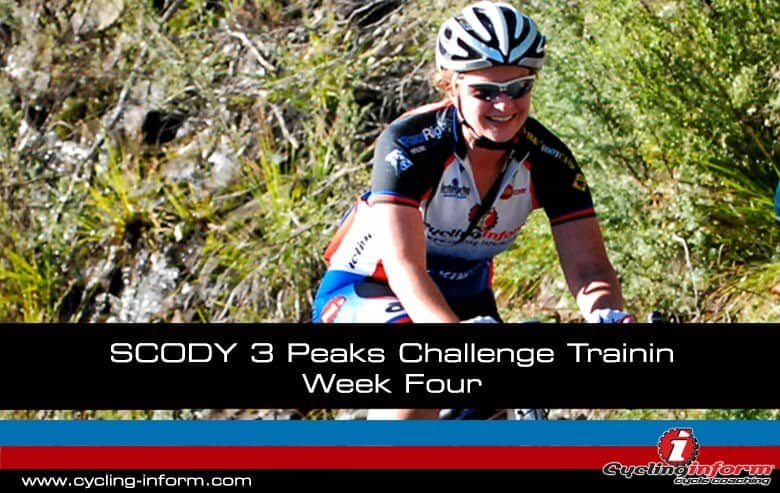


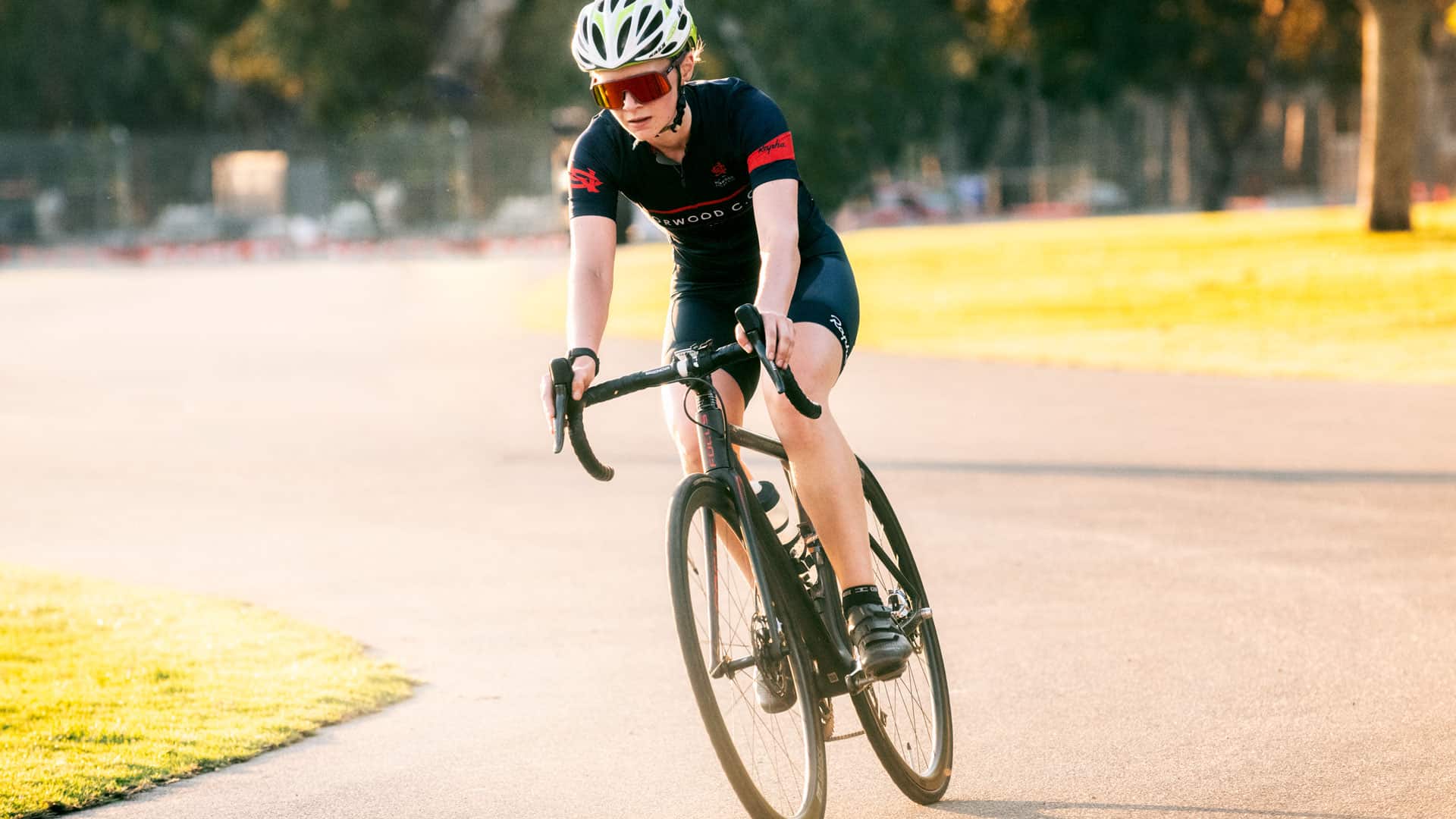
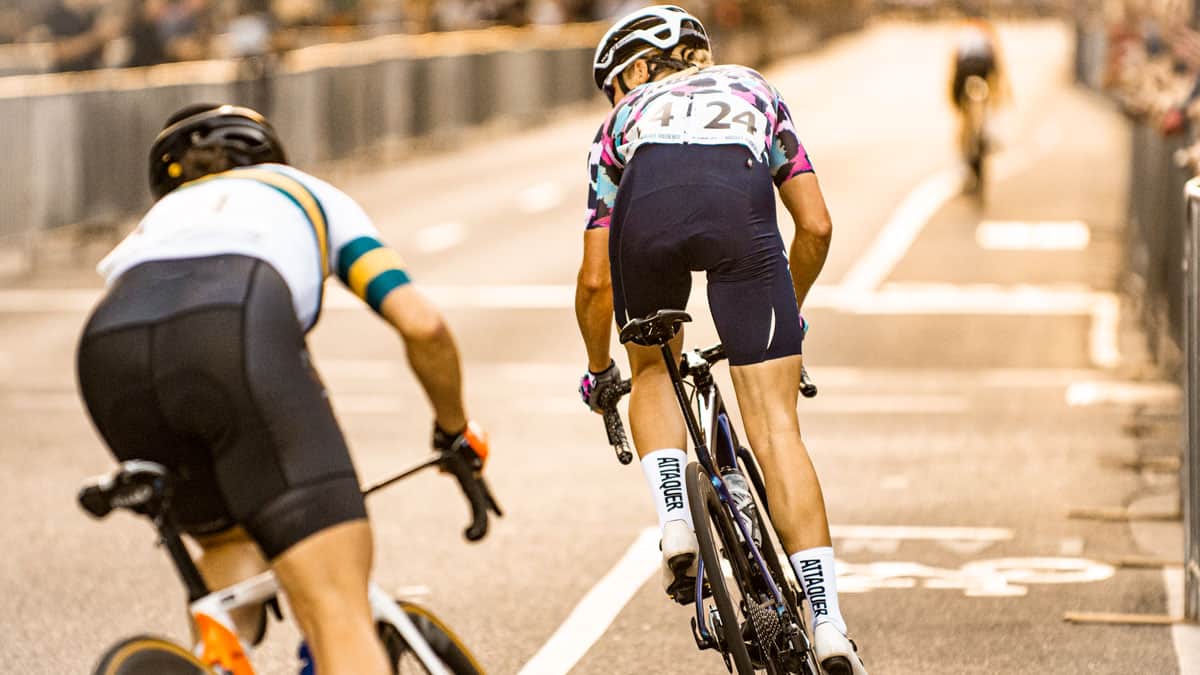
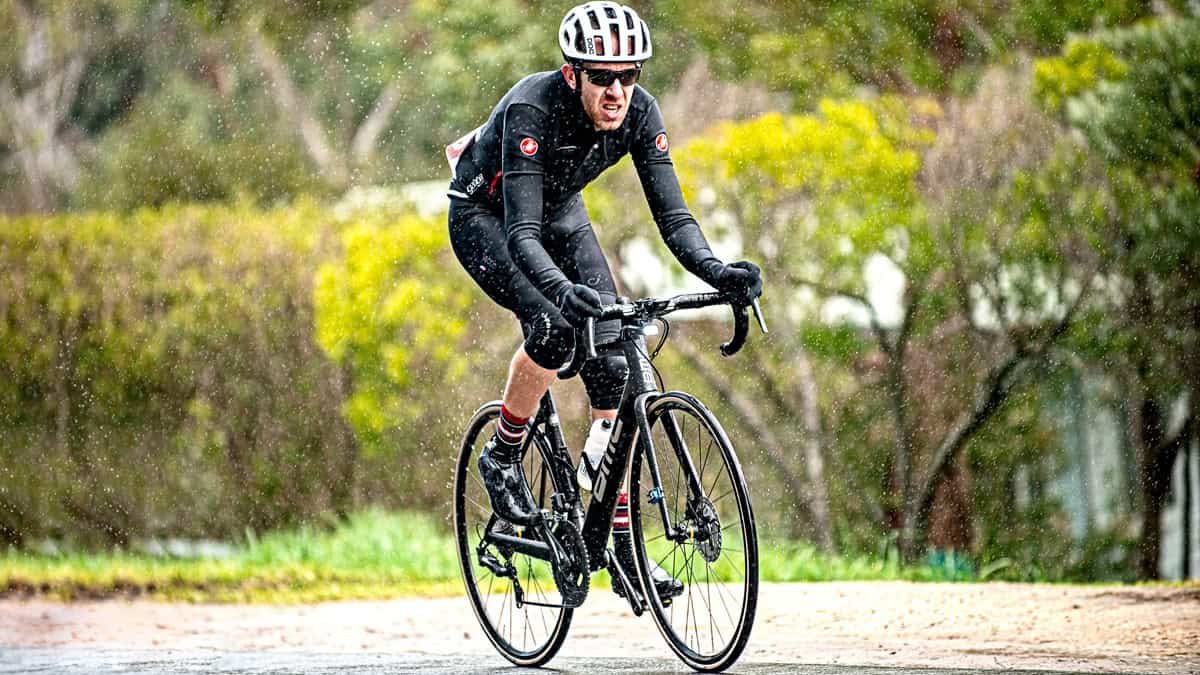
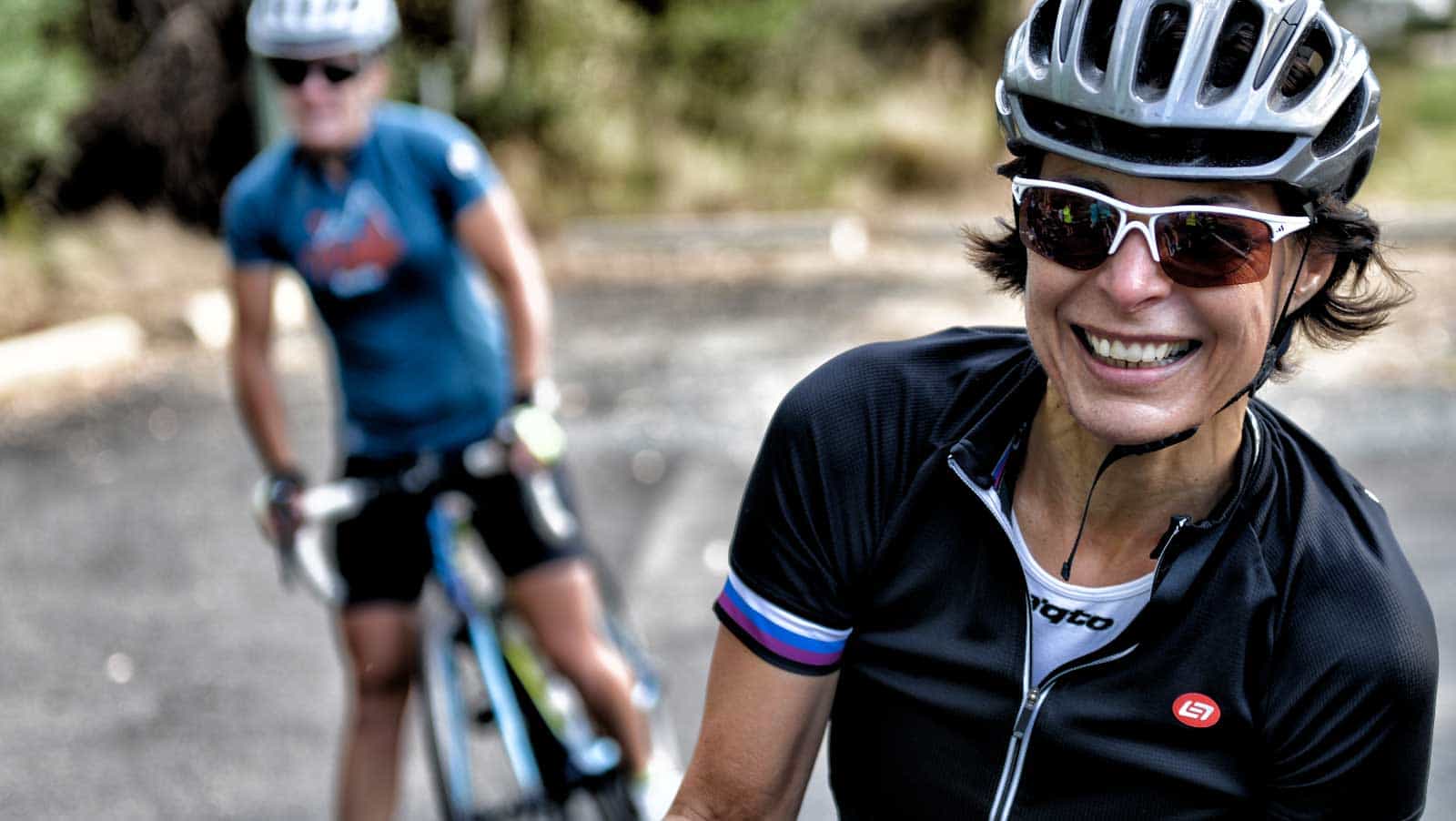
Leave A Comment